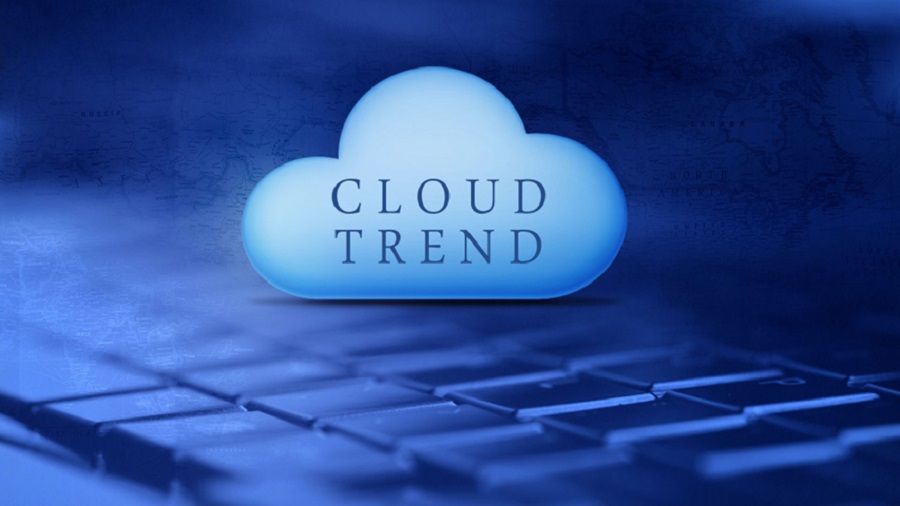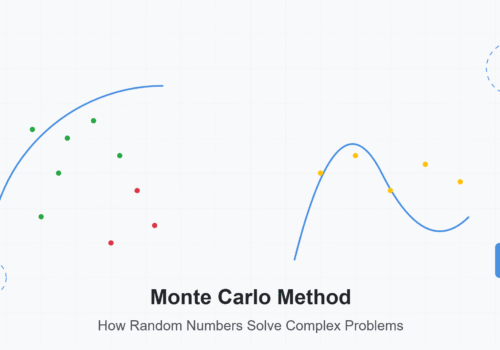The Top 5 Cloud Computing Trends Set to Transform Industries in 2023
As we approach 2023, the ever-evolving landscape of technology is drastically changing the way we conduct business, interact with others, and manage our daily lives. One significant contributor to this transformative shift is cloud computing, which continues to grow in prominence as companies increasingly seek innovative ways to optimize their operations. This article spotlights the top five cloud computing trends poised to make significant impacts in 2023.
1. Multi-cloud Infrastructure
Several organizations have started to adopt a multi-cloud approach to diversify their dependency on a single cloud provider. Utilizing multiple cloud providers offers increased flexibility, lower costs, and a high level of customization. For instance, companies can select the best cloud services for each of their individual needs and leverage them accordingly. This strategy will become increasingly important as organizations seek to achieve maximum efficiency and scalability in the face of ever-increasing competition.
2. Increased Emphasis on Data Security
As more companies rely on cloud computing to store sensitive data, the need for enhanced security measures grows. In response, the provider for cloud computing in Atlanta offers advanced security solutions such as encryption, data loss prevention, and multi-factor authentication.
Additionally, to protect the customer’s data, they also deploy identity management and access control measures to limit unauthorized users from gaining access to their data. This increased focus on data security will continue to be an important priority in 2023 and beyond.
3. Edge Computing and IoT Integration
Edge computing is a new generation of cloud computing technology that processes data closer to its sources, minimizing latency and reducing bandwidth usage. As the number of IoT devices continues to grow, their integration with edge computing allows for faster processing and real-time analysis. This trend enables businesses to streamline their operations and make data-driven decisions quickly and efficiently.
4. Serverless Computing
The rise of serverless computing, which allows developers to build applications without managing the underlying infrastructure, has enabled organizations to scale rapidly and achieve unmatched agility. In a serverless environment, businesses can focus on developing innovative solutions without worrying about the underlying infrastructure, as server management is taken care of by the cloud provider.
5. Artificial Intelligence and Machine Learning
AI and machine learning have become integral components in the cloud computing landscape. Cloud providers now offer AI-based services like natural language processing, computer vision, and predictive analytics to aid businesses in making data-driven decisions. This enables businesses to leverage AI capabilities without the need for extensive in-house expertise or resources.
To Sum Up
Cloud computing is rapidly changing the way businesses operate, and the trends listed above are a small glimpse. As organizations continue to explore the advantages of cloud computing, they will be able to enjoy greater scalability and performance while optimizing their operations. By staying informed on the top cloud computing trends of 2023, businesses will be better positioned to capitalize on the most up-to-date technologies and reap their benefits.
For a deeper dive into the details of cloud technology, check out the comprehensive explanation of what the cloud really is. With the right knowledge and insight, businesses can make informed decisions on cloud migrations and more. Thank you for reading!





